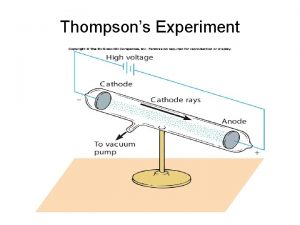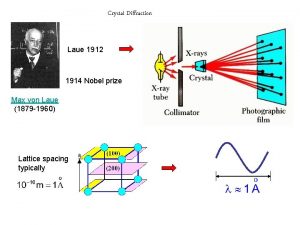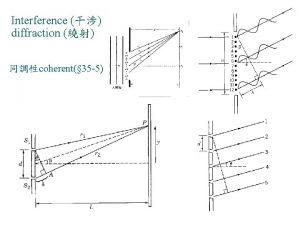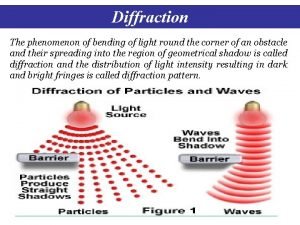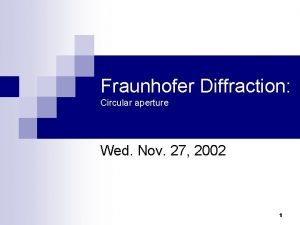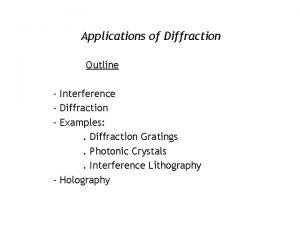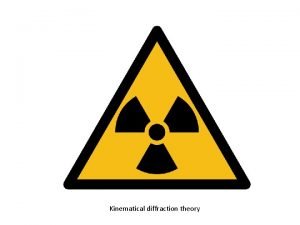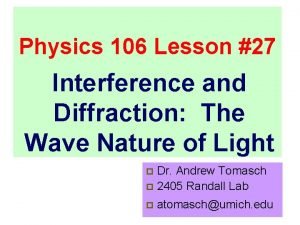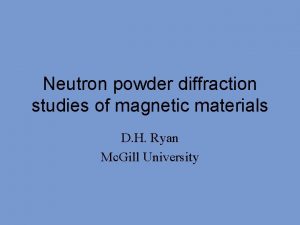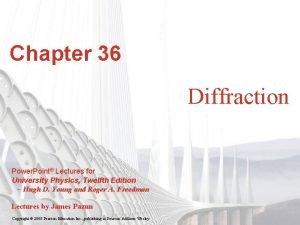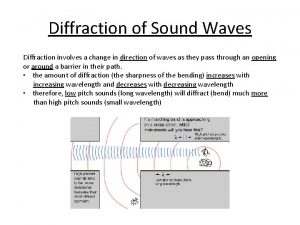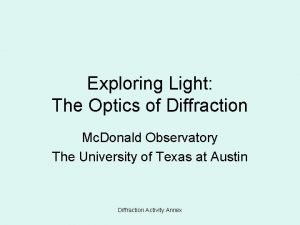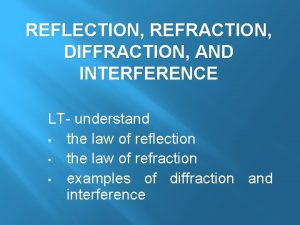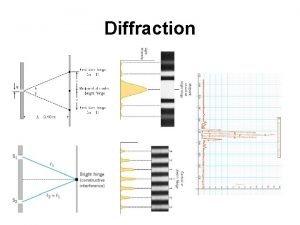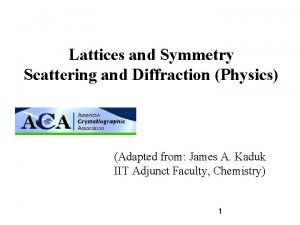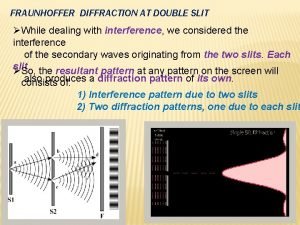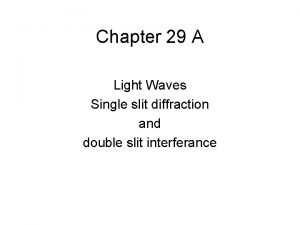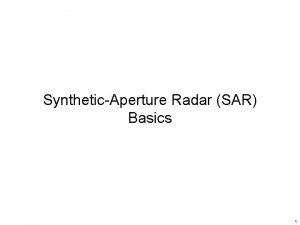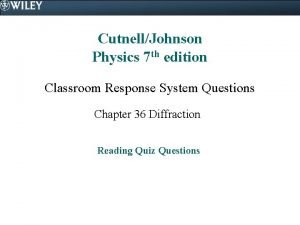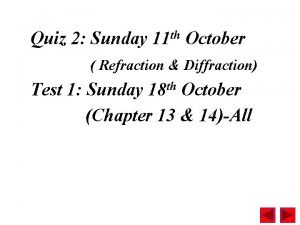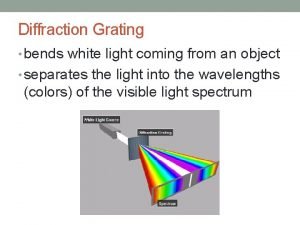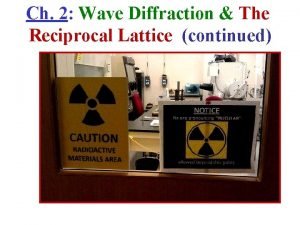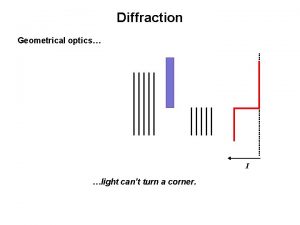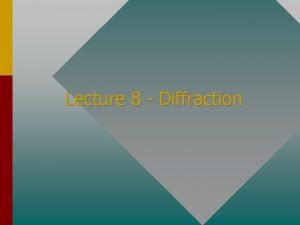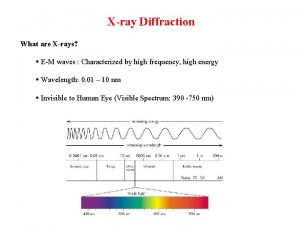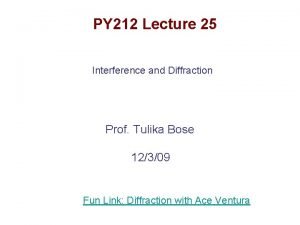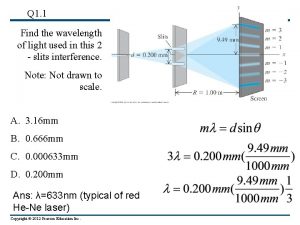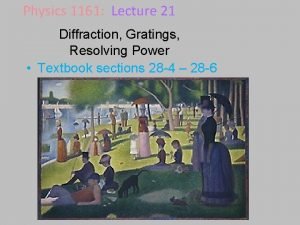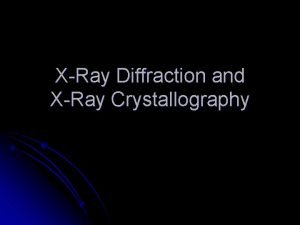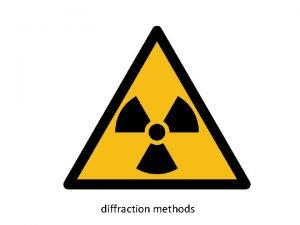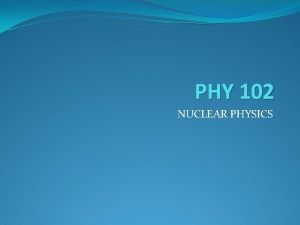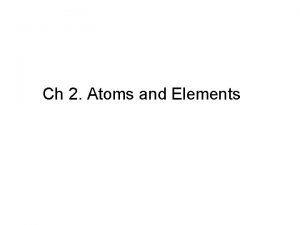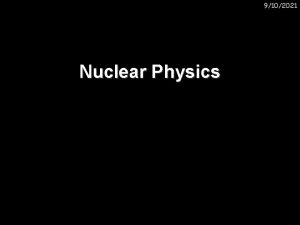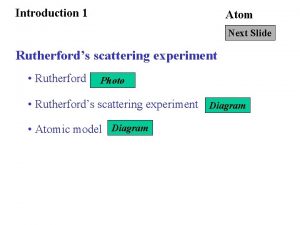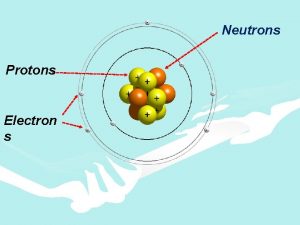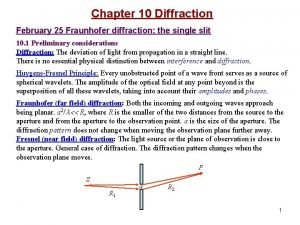Thompsons Experiment Rutherfords Experiment Explanation Diffraction the change































































![H 1 s 1 He 1 s 2 Li [He], 2 s 1 Be H 1 s 1 He 1 s 2 Li [He], 2 s 1 Be](https://slidetodoc.com/presentation_image_h2/45290ab3b9009795c1fde2c0189729c9/image-64.jpg)
![H 1 s 1 He 1 s 2 Li [He], 2 s 1 Be H 1 s 1 He 1 s 2 Li [He], 2 s 1 Be](https://slidetodoc.com/presentation_image_h2/45290ab3b9009795c1fde2c0189729c9/image-65.jpg)
![H 1 s 1 He 1 s 2 Li [He], 2 s 1 Be H 1 s 1 He 1 s 2 Li [He], 2 s 1 Be](https://slidetodoc.com/presentation_image_h2/45290ab3b9009795c1fde2c0189729c9/image-66.jpg)
![H 1 s 1 He 1 s 2 Li [He], 2 s 1 Be H 1 s 1 He 1 s 2 Li [He], 2 s 1 Be](https://slidetodoc.com/presentation_image_h2/45290ab3b9009795c1fde2c0189729c9/image-67.jpg)
![H 1 s 1 He 1 s 2 Li [He], 2 s 1 Be H 1 s 1 He 1 s 2 Li [He], 2 s 1 Be](https://slidetodoc.com/presentation_image_h2/45290ab3b9009795c1fde2c0189729c9/image-68.jpg)
![K [Ar], 4 s 1 Ca [Ar], 4 s 2 Sc [Ar], 4 s K [Ar], 4 s 1 Ca [Ar], 4 s 2 Sc [Ar], 4 s](https://slidetodoc.com/presentation_image_h2/45290ab3b9009795c1fde2c0189729c9/image-69.jpg)
![K [Ar], 4 s 1 Ca [Ar], 4 s 2 Sc [Ar], 4 s K [Ar], 4 s 1 Ca [Ar], 4 s 2 Sc [Ar], 4 s](https://slidetodoc.com/presentation_image_h2/45290ab3b9009795c1fde2c0189729c9/image-70.jpg)
![K [Ar], 4 s 1 Ca [Ar], 4 s 2 Sc [Ar], 4 s K [Ar], 4 s 1 Ca [Ar], 4 s 2 Sc [Ar], 4 s](https://slidetodoc.com/presentation_image_h2/45290ab3b9009795c1fde2c0189729c9/image-71.jpg)



- Slides: 74

Thompson’s Experiment

Rutherford’s Experiment:

Explanation


• Diffraction: - the change in direction of a wave as it passes the edge of an object

The Wave Nature of Light as electromagnetic waves: polarization, interference, diffraction, reflection, and refraction


Electromagnetic Spectrum



Atomic Line Spectra (Line Emission Spectra) Hydrogen has the simplest atomic emission spectrum ( 1880 s).

The Spectrum of Atomic Hydrogen Compare the absorption spectrum to the emission spectrum of H If we pass light from a continuous source (eg from a hot object) through a substance, then the continuous spectrum has some of the wavelengths removed! -- absorption spectrum


Light as Particles

Bohr Atom

Hidrojen İçin Bohr Atom Modeli (1913) Elektronlar belirli yörüngelerde bulunabilirler

Bohr Model of Hydrogen Atoms Quantized energy levels – total energy for each level is the sum of the kinetic energy of the electron plus its potential energy. Electrons do not radiate while in their orbits, but do when they move from one orbit to another.

E = 0 e. V n=3 n=2 Energy Paschen Series (IR) Balmer Series (visible) Lyman Series (ultraviolet) E 1 = -13. 6 e. V n=1 Lyman Balmer Paschen Example Data

Line Spectra The Lyman and Balmer series of lines in the hydrogen spectrum correspond to transitions that the electrons make between higher and lower energy levels. The Bohr model only has one quantum number, n, which represents the energy level. http: //www. walter-fendt. de/ph 11 e/bohrh. htm

Electron in the Hydrogen Atom

• Elektronlar gerçekten de çekirdek etrafında belirli yörüngelerde mi dönerler? • Bunu tespit etmek mümkün mü?

Elektronun konumu ve momentumunun ölçülmesi • Işının her çarpışında elektronun da konumu değişir. Bu sebeple ışıkla bir elektronunun konumu ve hızı hassas bir şekilde belirlenemez.

Heisenberg, Werner 1901– 76, Alman Fizikçi 1932 Nobel Fizik Ödülü Eğer bir taneciğin nerede olduğunu kesin olarak biliyorsak, aynı anda taneciğin nereden geldiğini ve nereye gittiğini kesin şekilde bilemeyiz.

Peki elektronlar nerede ve nasıl hareket ediyorlar?

Erwin Schrödinger 1927 yılında • Elektronlar, zamanlarının büyük bir çoğunluğunu orbital denen bölgelerde geçirirler. • Değişik şekillerde orbitaller mevcuttur.

Atomik Orbitaller s p d f Şekli küresel halter karışık Orbital sayısı 1 3 5 7 Herbir orbital 2 elektron içerir e sayısı 2 6 10 14

Quantum Mechanics

The First Shell • The innermost shell (1) only contains an s orbital. 1 s

Atomic Orbitals, s-type

S orbitalleri

Atomic Structure

Quantum Mechanics

Electron Configuration in p Orbital

Atomic Orbitals, ptype

p Orbitals • Rather than being a sphere, the "p" orbital has two lobes pointed in opposite direction away from the nucleus. • One p orbital points along each the x, y, and z axis. • There are three p orbtitals in every shell except the first.

The Second Shell • The second shell contains an s type orbital as well as a new kind of orbital called a "p" orbital. 2 py 2 s 2 pz 2 px

Atomic Orbitals, d-type

d Orbitals • There are 5 types of d orbitals. Four of the five have four lobes at 90 o to one another. The fifth looks like a donut around a p-orbital Image from: HMChem

The Third Shell • The 3 rd shell has: – 1 s orbital (3 s) – 3 p orbitals (3 px, 3 py, 3 pz) – 5 d orbitals (3 dxy, 3 dyz, 3 dx 2 -y 2, 3 dz 2)


f orbitals • f-orbitals have 6 lobes and are very challenging to envision Image from: HMChem

The First Two Shells Picture from and more info on How Atoms Work

The Fouth Shell • The 4 th shell has: – 1 s orbital (4 s) – 3 p orbitals (4 px, 4 py, 4 pz) – 5 d orbitals (4 dxy, 4 dyz, 4 dx 2 -y 2, 4 dz 2) – 7 f orbitals

Principle quantum number n = 1, 2, 3, …. . describes orbital size and energy Angular momentum quantum number l = 0 to n-1 describes orbital shape Magnetic quantum number ml = l, l-1…-l describes orientation in space of the orbital relative to the other orbitals in the atom Spin quantum number ms = +1/2 or -1/2 describes the direction of spin of the e- on its axis Pauli Exclusion Principle: "no two electrons in an atom can have the same set of quantum numbers", or, only two electrons (of opposite spin) per orbital.

Write a valid set of quantum numbers for each of the following sub-shells: (a) 2 s n = 2, l = 0, ms = - 1/2 n = 2, l = 0, ms = ± 1/2 2 combinations

Write a valid set of quantum numbers for each of the following sub-shells: (a) 2 s n = 2, l = 0, ms = - 1/2 n = 2, l = 0, ms = ± 1/2 2 combinations (b) 2 p n = 2, l = 1, ml = -1, ms = - 1/2 n = 2, l = 1, ml = -1, 0 or 1, ms = ± 1/2 6 combinations

Write a valid set of quantum numbers for each of the following sub-shells: (a) 2 s n = 2, l = 0, ms = - 1/2 n = 2, l = 0, ms = ± 1/2 2 combinations (b) 2 p n = 2, l = 1, ml = -1, ms = - 1/2 n = 2, l = 1, ml = -1, 0 or 1, ms = ± 1/2 6 combinations (c) 3 d n = 3, l = 2, ml = -2, ms = - 1/2 n = 3, l = 2, ml = -2, -1, 0, 1, or 2, ms = ± 1/2 10 combinations

How many orbitals in a subshell? l = 0, 1 s 1 l = 1, p x, p y, p z 3 l = 2, dxy, , dxz, , dyz , , dx 2 -y 2, dz 2 5

How many orbitals in a subshell? l = 0, 1 s 1 l = 1, p x, p y, p z 3 l = 2, dxy, , dxz, , dyz , , dx 2 -y 2, dz 2 5 2 l + 1 orbitals per subshell

How many orbitals in a subshell? l = 0, 1 s 1 l = 1, p x, p y, p z 3 l = 2, dxy, , dxz, , dyz , , dx 2 -y 2, dz 2 5 2 l + 1 orbitals per subshell How many orbitals in a shell? n = 1, 1 s 1 n = 2, 2 s, 2 px, 2 py, 2 pz 4 n = 3, 3 s, 3 px, 3 py, 3 pz, 3 dxy, , 3 dxz, , 3 dyz , , 3 dx 2 -y 2, 3 dz 2 9

How many orbitals in a subshell? l = 0, 1 s 1 l = 1, p x, p y, p z 3 l = 2, dxy, , dxz, , dyz , , dx 2 -y 2, dz 2 5 2 l + 1 orbitals per subshell How many orbitals in a shell? n = 1, 1 s 1 n = 2, 2 s, 2 px, 2 py, 2 pz 4 n = 3, 3 s, 3 px, 3 py, 3 pz, 3 dxy, , 3 dxz, , 3 dyz , , 3 dx 2 -y 2, 3 dz 2 9 n 2 orbitals per principal quantum level

Hydrogen atoml all orbitals within a shell have the same energy l electrostatic interaction between e- and proton

Hydrogen atoml all orbitals within a shell have the same energy l electrostatic interaction between e- and proton Multi-electron atomsthe energy level of an orbital depends not only on the shell but also on the subshell l l electrostatic interactions between e- and proton and other e-

Orbital Energies 3 dxy 3 dxz 3 dyz 3 dx 2 -y 2 3 px 3 py 3 pz 3 s Energy 2 px 2 py 2 s 1 s 2 pz 3 dz 2

Electronic Configuration: Filling-in of Atomic Orbitals Rules: 1. Pauli Principle

Electronic Configuration: Filling-in of Atomic Orbitals Rules: 1. Pauli Principle 2. Fill in e-'s from lowest energy orbital upwards (Aufbau Principle)

Electronic Configuration: Filling-in of Atomic Orbitals Rules: 1. Pauli Principle 2. Fill in e-'s from lowest energy orbital upwards (Aufbau Principle) 3. Try to attain maximum number of unpaired e- spins in a given sub-shell (Hund's Rule)

Electronic Configuration: Filling-in of Atomic Orbitals Rules: 1. Pauli Principle 2. Fill in e-'s from lowest energy orbital upwards (Aufbau Principle) 3. Try to attain maximum number of unpaired e- spins in a given sub-shell (Hund's Rule) H (Z = 1) 1 s 1 2 s 2 p Energy 1 s

Electronic Configuration: Filling-in of Atomic Orbitals Rules: 1. Pauli Principle 2. Fill in e-'s from lowest energy orbital upwards (Aufbau Principle) 3. Try to attain maximum number of unpaired e- spins in a given sub-shell (Hund's Rule) N (Z = 7) 1 s 2, 2 p 3, 2 p Energy 2 s 1 s

Electronic Configuration: Filling-in of Atomic Orbitals Rules: 1. Pauli Principle 2. Fill in e-'s from lowest energy orbital upwards (Aufbau Principle) 3. Try to attain maximum number of unpaired e- spins in a given sub-shell (Hund's Rule) B (Z = 5) 1 s 2, 2 p 1 2 p Energy 2 s 1 s

Electronic Configuration: Filling-in of Atomic Orbitals Rules: 1. Pauli Principle 2. Fill in e-'s from lowest energy orbital upwards (Aufbau Principle) 3. Try to attain maximum number of unpaired e- spins in a given sub-shell (Hund's Rule) F (Z = 9) 1 s 2, 2 p 5 2 p Energy 2 s 1 s

Hydrogen 1 s 2 s 2 p 3 s 3 p 3 d 4 s 4 p 4 d 4 f 2 s 3 s 4 s 2 p 3 p 4 p 3 d 4 d Multi-electron atoms 1 s 5 s

1 s H 1 s 1 He 1 s 2 Li 1 s 2, 2 s 1 Be 1 s 2, 2 s 2 B 1 s 2, 2 px 1 C 1 s 2, 2 px 1, 2 py 1 N 1 s 2, 2 px 1, 2 py 1, 2 pz 1 O 1 s 2, 2 px 2, 2 py 1, 2 pz 1 F 1 s 2, 2 px 2, 2 py 2, 2 pz 1 Ne 1 s 2, 2 px 2, 2 py 2, 2 pz 2 2 s 2 px 2 py 2 pz
![H 1 s 1 He 1 s 2 Li He 2 s 1 Be H 1 s 1 He 1 s 2 Li [He], 2 s 1 Be](https://slidetodoc.com/presentation_image_h2/45290ab3b9009795c1fde2c0189729c9/image-64.jpg)
H 1 s 1 He 1 s 2 Li [He], 2 s 1 Be [He], 2 s 2
![H 1 s 1 He 1 s 2 Li He 2 s 1 Be H 1 s 1 He 1 s 2 Li [He], 2 s 1 Be](https://slidetodoc.com/presentation_image_h2/45290ab3b9009795c1fde2c0189729c9/image-65.jpg)
H 1 s 1 He 1 s 2 Li [He], 2 s 1 Be [He], 2 s 2 B [He], 2 s 2, 2 p 1 Ne [He], 2 s 2, 2 p 6 Na [He], 2 s 2, 2 p 6, 3 s 1 [Ne], 3 s 1
![H 1 s 1 He 1 s 2 Li He 2 s 1 Be H 1 s 1 He 1 s 2 Li [He], 2 s 1 Be](https://slidetodoc.com/presentation_image_h2/45290ab3b9009795c1fde2c0189729c9/image-66.jpg)
H 1 s 1 He 1 s 2 Li [He], 2 s 1 Be [He], 2 s 2 B [He], 2 s 2, 2 p 1 Ne [He], 2 s 2, 2 p 6 Na [He], 2 s 2, 2 p 6, 3 s 1 [Ne], 3 s 1 Mg [He], 2 s 2, 2 p 6, 3 s 2 [Ne], 3 s 2 Al [Ne], 3 s 2, 3 p 1 Si [Ne], 3 s 2, 3 p 2
![H 1 s 1 He 1 s 2 Li He 2 s 1 Be H 1 s 1 He 1 s 2 Li [He], 2 s 1 Be](https://slidetodoc.com/presentation_image_h2/45290ab3b9009795c1fde2c0189729c9/image-67.jpg)
H 1 s 1 He 1 s 2 Li [He], 2 s 1 Be [He], 2 s 2 B [He], 2 s 2, 2 p 1 Ne [He], 2 s 2, 2 p 6 Na [He], 2 s 2, 2 p 6, 3 s 1 [Ne], 3 s 1 Mg [He], 2 s 2, 2 p 6, 3 s 2 [Ne], 3 s 2 Al [Ne], 3 s 2, 3 p 1 Si [Ne], 3 s 2, 3 p 2 P [Ne], 3 s 2, 3 p 3 S [Ne], 3 s 2, 3 p 4 Cl [Ne], 3 s 2, 3 p 5 Ar [Ne], 3 s 2, 3 p 6
![H 1 s 1 He 1 s 2 Li He 2 s 1 Be H 1 s 1 He 1 s 2 Li [He], 2 s 1 Be](https://slidetodoc.com/presentation_image_h2/45290ab3b9009795c1fde2c0189729c9/image-68.jpg)
H 1 s 1 He 1 s 2 Li [He], 2 s 1 Be [He], 2 s 2 B [He], 2 s 2, 2 p 1 Ne [He], 2 s 2, 2 p 6 Na [He], 2 s 2, 2 p 6, 3 s 1 [Ne], 3 s 1 Mg [He], 2 s 2, 2 p 6, 3 s 2 [Ne], 3 s 2 Al [Ne], 3 s 2, 3 p 1 Si [Ne], 3 s 2, 3 p 2 P [Ne], 3 s 2, 3 p 3 S [Ne], 3 s 2, 3 p 4 Cl [Ne], 3 s 2, 3 p 5 Ar [Ne], 3 s 2, 3 p 6 l l outermost shell - valence shell most loosely held electron and are the most important in determining an element’s properties
![K Ar 4 s 1 Ca Ar 4 s 2 Sc Ar 4 s K [Ar], 4 s 1 Ca [Ar], 4 s 2 Sc [Ar], 4 s](https://slidetodoc.com/presentation_image_h2/45290ab3b9009795c1fde2c0189729c9/image-69.jpg)
K [Ar], 4 s 1 Ca [Ar], 4 s 2 Sc [Ar], 4 s 2, 3 d 1 Ti [Ar], 4 s 2, 3 d 2
![K Ar 4 s 1 Ca Ar 4 s 2 Sc Ar 4 s K [Ar], 4 s 1 Ca [Ar], 4 s 2 Sc [Ar], 4 s](https://slidetodoc.com/presentation_image_h2/45290ab3b9009795c1fde2c0189729c9/image-70.jpg)
K [Ar], 4 s 1 Ca [Ar], 4 s 2 Sc [Ar], 4 s 2, 3 d 1 Ca [Ar], 4 s 2, 3 d 2 Zn [Ar], 4 s 2, 3 d 10 Ga [Ar], 4 s 2, 3 d 10, 3 p 1 Kr [Ar], 4 s 2, 3 d 10, 3 p 6
![K Ar 4 s 1 Ca Ar 4 s 2 Sc Ar 4 s K [Ar], 4 s 1 Ca [Ar], 4 s 2 Sc [Ar], 4 s](https://slidetodoc.com/presentation_image_h2/45290ab3b9009795c1fde2c0189729c9/image-71.jpg)
K [Ar], 4 s 1 Ca [Ar], 4 s 2 Sc [Ar], 4 s 2, 3 d 1 Ca [Ar], 4 s 2, 3 d 2 Zn [Ar], 4 s 2, 3 d 10 Ga [Ar], 4 s 2, 3 d 10, 3 p 1 Kr [Ar], 4 s 2, 3 d 10, 3 p 6 Anomalous electron configurations d 5 and d 10 are lower in energy than expected Cr [Ar], 4 s 1, 3 d 5 not [Ar], 4 s 2, 3 d 4 Cu [Ar], 4 s 1, 3 d 10 not [Ar], 4 s 2, 3 d 9

Electron Configuration of Ions Electrons lost from the highest energy occupied orbital of the donor and placed into the lowest unoccupied orbital of the acceptor (placed according to the Aufbau principle)

Electron Configuration of Ions Electrons lost from the highest energy occupied orbital of the donor and placed into the lowest unoccupied orbital of the acceptor (placed according to the Aufbau principle) Examples: Na [Ne], 3 s 1 Na+ [Ne] + e- Cl [Ne], 3 s 2, 3 p 5 + e- Cl- [Ne], 3 s 2, 3 p 6 Mg [Ne], 3 s 2 Mg 2+ [Ne] O [He], 2 s 2, 2 p 4 O 2 - [He], 2 s 2, 2 p 6

Modern Theories of the Atom - Summary n Wave-particle duality of light and matter n Bohr theory n Quantum (wave) mechanical model n Orbital shapes and energies n Quantum numbers n Electronic configuration in atoms
 How many orbitals are in the n=3 level
How many orbitals are in the n=3 level Electron diffraction experiment results
Electron diffraction experiment results Jumping coin experiment
Jumping coin experiment Lava lamp experiment explanation
Lava lamp experiment explanation Von laue
Von laue Diffraction
Diffraction Missing order in diffraction
Missing order in diffraction Fraunhofer diffraction circular aperture
Fraunhofer diffraction circular aperture Thin film formula
Thin film formula Diffraction examples
Diffraction examples Missing order in diffraction
Missing order in diffraction Kinematical theory of diffraction
Kinematical theory of diffraction Dispersive power of grating
Dispersive power of grating Slit diffraction
Slit diffraction Laser diffraction spectroscopy
Laser diffraction spectroscopy Magnets for neutron diffraction
Magnets for neutron diffraction The phenomenon of diffraction can be understood using *
The phenomenon of diffraction can be understood using * Diffraction pattern
Diffraction pattern Slit diffraction
Slit diffraction Sound diffraction
Sound diffraction Diffraction
Diffraction Blue relfection ray
Blue relfection ray Reflection refraction diffraction interference
Reflection refraction diffraction interference Diffraction grating
Diffraction grating Electron diffraction
Electron diffraction Diffraction
Diffraction Diffraction is the tendency of light to:
Diffraction is the tendency of light to: Diffraction of waves
Diffraction of waves Missing order in diffraction
Missing order in diffraction For viewing tiny objects in a microscope diffraction is
For viewing tiny objects in a microscope diffraction is Slit diffraction
Slit diffraction Spatial outline
Spatial outline Fresnel and fraunhofer diffraction difference
Fresnel and fraunhofer diffraction difference Diffraction and scattering
Diffraction and scattering Powder diffraction database
Powder diffraction database Cmedium
Cmedium Diffraction in a sentence
Diffraction in a sentence Transmission grating
Transmission grating Diffraction peak
Diffraction peak Dispersive power of plane transmission grating
Dispersive power of plane transmission grating How to calculate critical angle
How to calculate critical angle Diffraction
Diffraction Reciprocal lattice vector
Reciprocal lattice vector Fresnel and fraunhofer difference
Fresnel and fraunhofer difference Diffraction of light
Diffraction of light Xray waves examples
Xray waves examples Diffraction
Diffraction Double slit diffraction
Double slit diffraction Diffraction through single slits derivation
Diffraction through single slits derivation Multiple slits diffraction
Multiple slits diffraction Công thức tính độ biến thiên đông lượng
Công thức tính độ biến thiên đông lượng Môn thể thao bắt đầu bằng từ chạy
Môn thể thao bắt đầu bằng từ chạy Thế nào là mạng điện lắp đặt kiểu nổi
Thế nào là mạng điện lắp đặt kiểu nổi Hát kết hợp bộ gõ cơ thể
Hát kết hợp bộ gõ cơ thể Khi nào hổ mẹ dạy hổ con săn mồi
Khi nào hổ mẹ dạy hổ con săn mồi Dot
Dot Biện pháp chống mỏi cơ
Biện pháp chống mỏi cơ độ dài liên kết
độ dài liên kết Chó sói
Chó sói Thiếu nhi thế giới liên hoan
Thiếu nhi thế giới liên hoan điện thế nghỉ
điện thế nghỉ Một số thể thơ truyền thống
Một số thể thơ truyền thống Trời xanh đây là của chúng ta thể thơ
Trời xanh đây là của chúng ta thể thơ Thế nào là hệ số cao nhất
Thế nào là hệ số cao nhất Sơ đồ cơ thể người
Sơ đồ cơ thể người Frameset trong html5
Frameset trong html5 Bảng số nguyên tố
Bảng số nguyên tố Phối cảnh
Phối cảnh đặc điểm cơ thể của người tối cổ
đặc điểm cơ thể của người tối cổ Các châu lục và đại dương trên thế giới
Các châu lục và đại dương trên thế giới Thang điểm glasgow
Thang điểm glasgow ưu thế lai là gì
ưu thế lai là gì Tư thế ngồi viết
Tư thế ngồi viết Cái miệng nó xinh thế chỉ nói điều hay thôi
Cái miệng nó xinh thế chỉ nói điều hay thôi Mật thư tọa độ 5x5
Mật thư tọa độ 5x5
